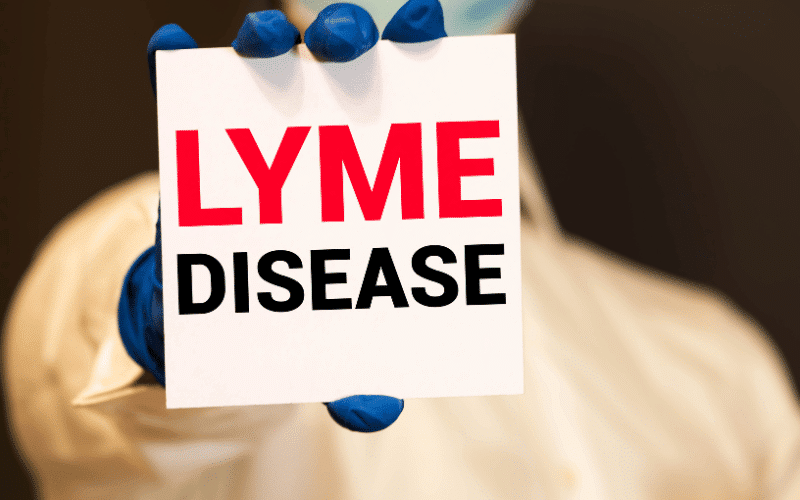Frequently Asked Questions about Early Symptoms of Lyme Disease

1. How soon do early symptoms of Lyme disease appear?
Early symptoms of Lyme disease typically appear within 3 to 30 days after the initial tick bite. However, the onset of symptoms can vary depending on the individual and the severity of the infection. It’s crucial to be vigilant for any signs of Lyme disease after spending time in tick-prone areas.
2. Can Lyme disease symptoms go away on their own without treatment?
While some early symptoms of Lyme disease may temporarily improve or resolve without treatment, the infection can still progress to more severe stages if left untreated. Early intervention with antibiotics is crucial to prevent the development of more serious complications and long-term health issues.
3. Are there any other conditions that can mimic the early symptoms of Lyme disease?
Yes, several conditions can present similar symptoms to Lyme disease, such as viral infections, fibromyalgia, or chronic fatigue syndrome. A thorough evaluation by a healthcare professional, including a detailed history, physical examination, and laboratory tests, is necessary to differentiate Lyme disease from other potential causes.
4. If I don’t develop the bull’s-eye rash, does that mean I don’t have Lyme disease?
Not necessarily. While the erythema migrans rash is a common early symptom of Lyme disease, not everyone who contracts the infection will develop this rash. If you experience other early symptoms of Lyme disease after a tick bite or spending time in a tick-prone area, it’s essential to consult with a healthcare professional for a proper evaluation.
5. How can I prevent Lyme disease?
To prevent Lyme disease, practice tick avoidance measures when spending time outdoors, especially in wooded or grassy areas where ticks are more likely to be found. Wear protective clothing, such as long sleeves, pants, and closed-toe shoes, and use tick repellents containing DEET or permethrin. Perform regular tick checks on yourself, your loved ones, and your pets after outdoor activities, and promptly remove any ticks found.
Conclusion: Early Detection and Treatment are Crucial
Recognizing the early symptoms of Lyme disease is essential for timely diagnosis and treatment. If you suspect that you or a loved one may have been exposed to Lyme disease, consult with a healthcare professional for a thorough evaluation. Early intervention with antibiotics can help alleviate symptoms, prevent the infection from progressing to more severe stages, and minimize the risk of long-term complications.
By staying vigilant and informed about the early signs of Lyme disease, you can take the necessary steps to protect yourself and your loved ones from this potentially debilitating condition. Remember, prevention is always the best strategy – practice tick avoidance measures, such as wearing protective clothing and using tick repellents, to reduce your risk of infection.